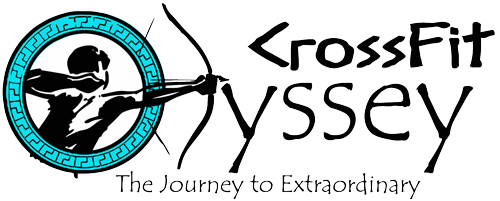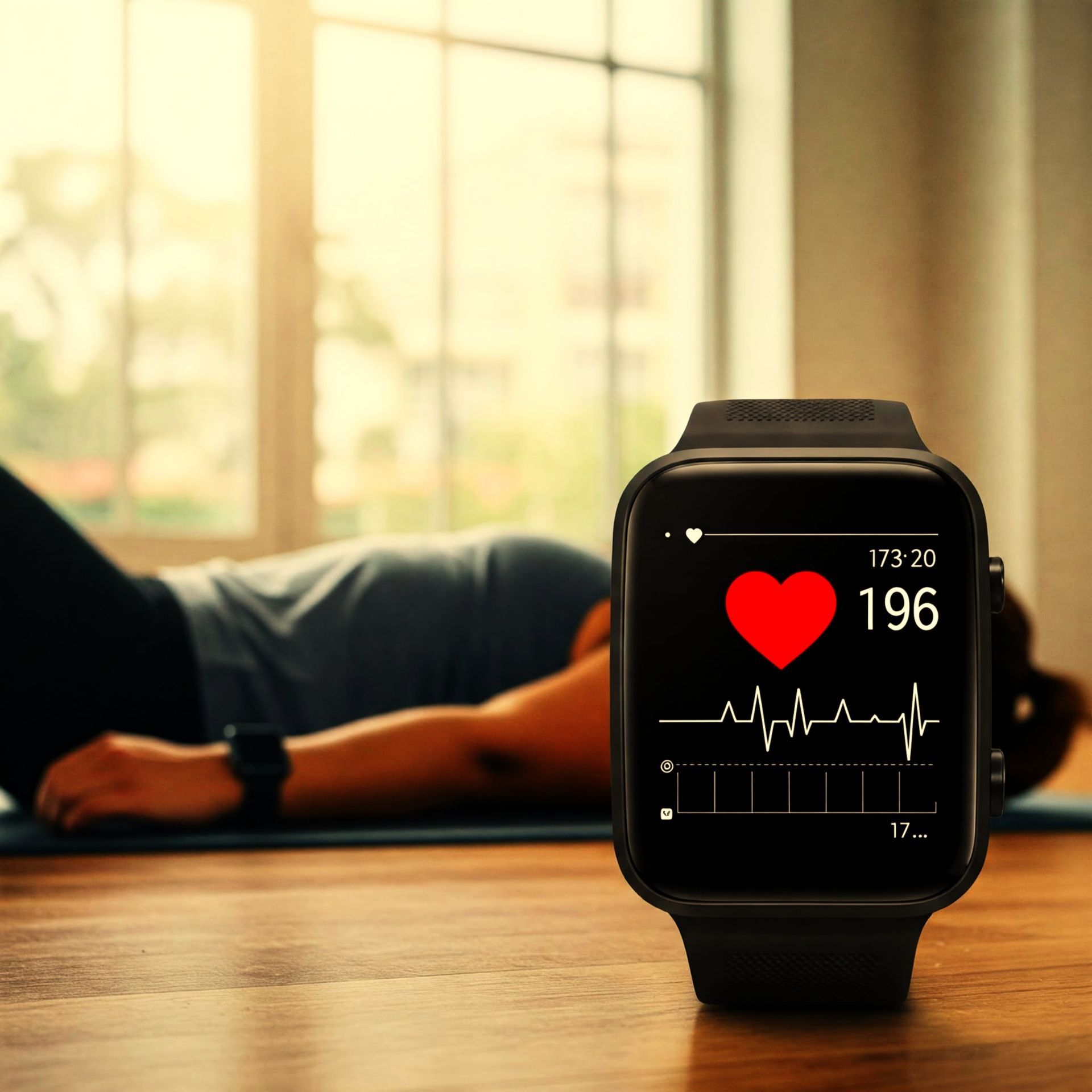Sunday Story…Recovery Data
One critical point is resting heart rate. In general,
a lower resting heart rate indicates better fitness. A low resting heart rate
indicates a strong heart muscle that can pump more blood with every
beat, so it can beat less. Resting heart rate is measured at the end of your
sleep cycle when your body is in its most restful state.
Before surgery, my RHR was 45. In the month after surgery,
it went to 54. In the second month, it went down to 51, and last week it went
down to 50 with 4 days in a row under 50. This is the power of training and most
particularly zone 2 training. Currently, I am doing 5 days of zone 2 work
varying between 30 and 45 minutes using either the rower or the Echo bike.
Without the data, I would not know any of this. How
important are those 5 or 10 beats? I have no answer to that question, but I know that having a low resting heart rate is essential to cardiovascular
health and thus, my overall health. When my RHR is consistently below 50 BPM I
can begin to cut down the Zone 2 training and ramp up more high-intensity work.
Having a low RHR allows my heart to be more efficient at higher rates. That’s a
big win across the board.
John Mariotti
775-338-2412



